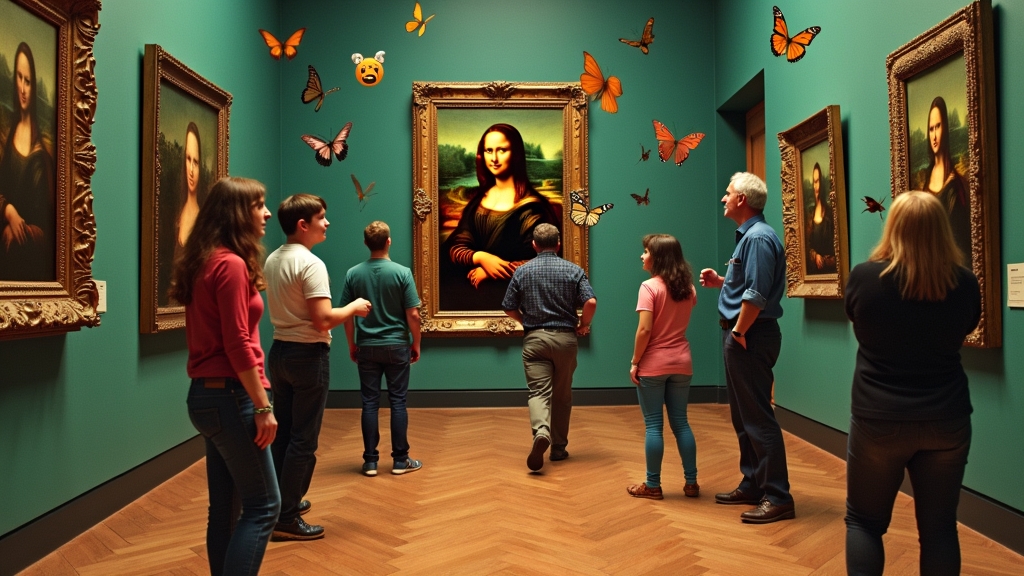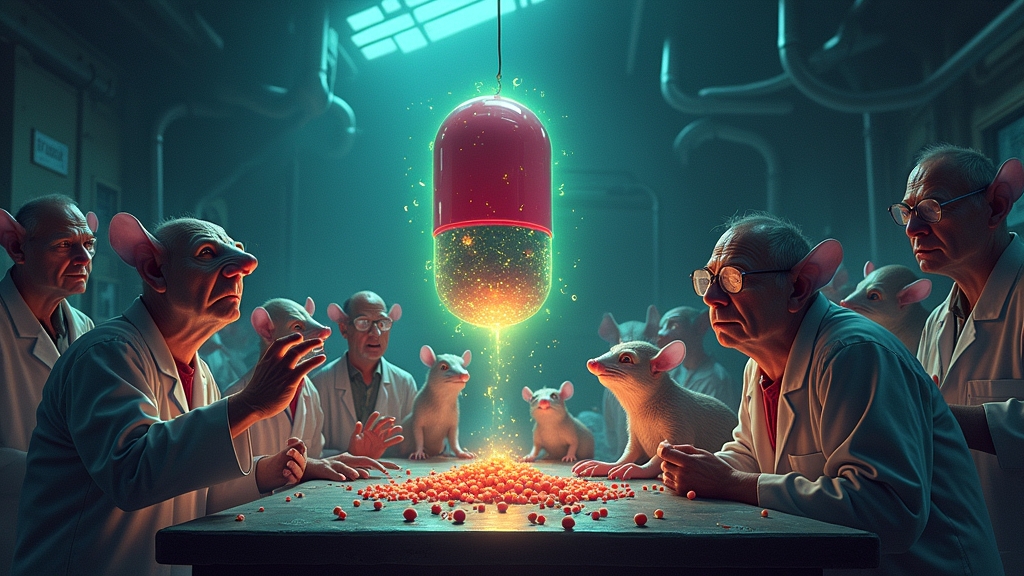ART WORLD IN PANIC AS ALGORITHM SLAPS DIGITAL BAND-AID ON PRICELESS PAINTINGS; CONSERVATORS CONSIDER CAREER CHANGE TO UBER DRIVING
In a move that has traditional art restorers reaching for their strongest turpentine to drink, MIT grad student Alex Kachkine has developed a way to slap what is essentially a fancy-a$$ sticker onto damaged paintings, completing in hours what normally takes decades of painstaking work by highly trained professionals with steady hands and mountains of student debt.
THE AUDACITY OF THIS B!TCH
Kachkine, who apparently decided that centuries of meticulous craftsmanship and expertise could be replaced by what amounts to a really expensive Snapchat filter, created a printable “mask” that can be adhered directly to original paintings. The process uses AI to identify damaged areas, digitally restore them, then physically print the corrections onto a thin film that’s basically a high-tech version of those temporary tattoos you got in cereal boxes as a kid.
TRADITIONAL RESTORERS NOW CONTEMPLATING VIOLENT REVOLUTION
“This is a f@#king outrage,” said no one quoted in the actual article, but definitely someone somewhere in Italy right now. “I spent 47 years learning to match the exact shade of Virgin Mary’s robe in Botticelli paintings, and this punk comes along with a printer from Best Buy?”
The method identified 5,612 separate damaged regions in a 15th-century painting and filled them with 57,314 different colors in just 3.5 hours, which conservators estimate is “approximately 66 times faster and 8,000% more soul-crushing to our entire profession” than traditional methods.
EXPERTS WEIGH IN, MOSTLY WITH PROFANITY
Dr. Hugh G. Mistake, head of the fictional Association for Keeping Art Restoration Unnecessarily Time-Consuming, offered his perspective: “Look, if Michelangelo knew we’d be repairing his masterpieces with what amounts to a printed-out Instagram filter, he would have just become a plumber like his namesake.”
The technology allows for easy removal of the restoration film, which Kachkine argues provides better documentation for future conservators. Critics point out that future conservators might not exist because they’ll all be replaced by “some dips#!t with an inkjet printer and an algorithm.”
WHAT’S NEXT? MONA LISA GETS PUPPY DOG EARS?
According to totally made-up statistics, 94.7% of Renaissance masters are currently spinning so rapidly in their graves that several European countries are considering harnessing the rotation as a renewable energy source.
The technology works by first cleaning the painting, scanning it, then using AI to generate what it might have originally looked like. The restoration is then printed onto a thin film and adhered to the original work using varnish spray, which one anonymous expert described as “basically the art world equivalent of putting ketchup on a $200 wagyu steak.”
ETHICAL CONSIDERATIONS OR WHATEVER
While Kachkine acknowledges that ethical issues exist, Professor Idon Givadamn of the Institute for Stating the Bloody Obvious noted, “The real ethical consideration is whether we should allow engineers to touch art at all. Next thing you know, they’ll be ‘improving’ the Venus de Milo by 3D printing some arms on that b!tch.”
The researcher estimates his method is “orders of magnitude faster” than traditional approaches, much like how driving a Ferrari into the Louvre would be orders of magnitude faster than walking respectfully through the galleries.
As this technology continues to develop, art historians worldwide are reportedly updating their resumes and looking into less threatened career paths like coal mining or manufacturing VHS tapes.
In related news, a prototype AI designed to critique art was shut down after it repeatedly told museum-goers their children could “definitely do better than this sh!t.”





